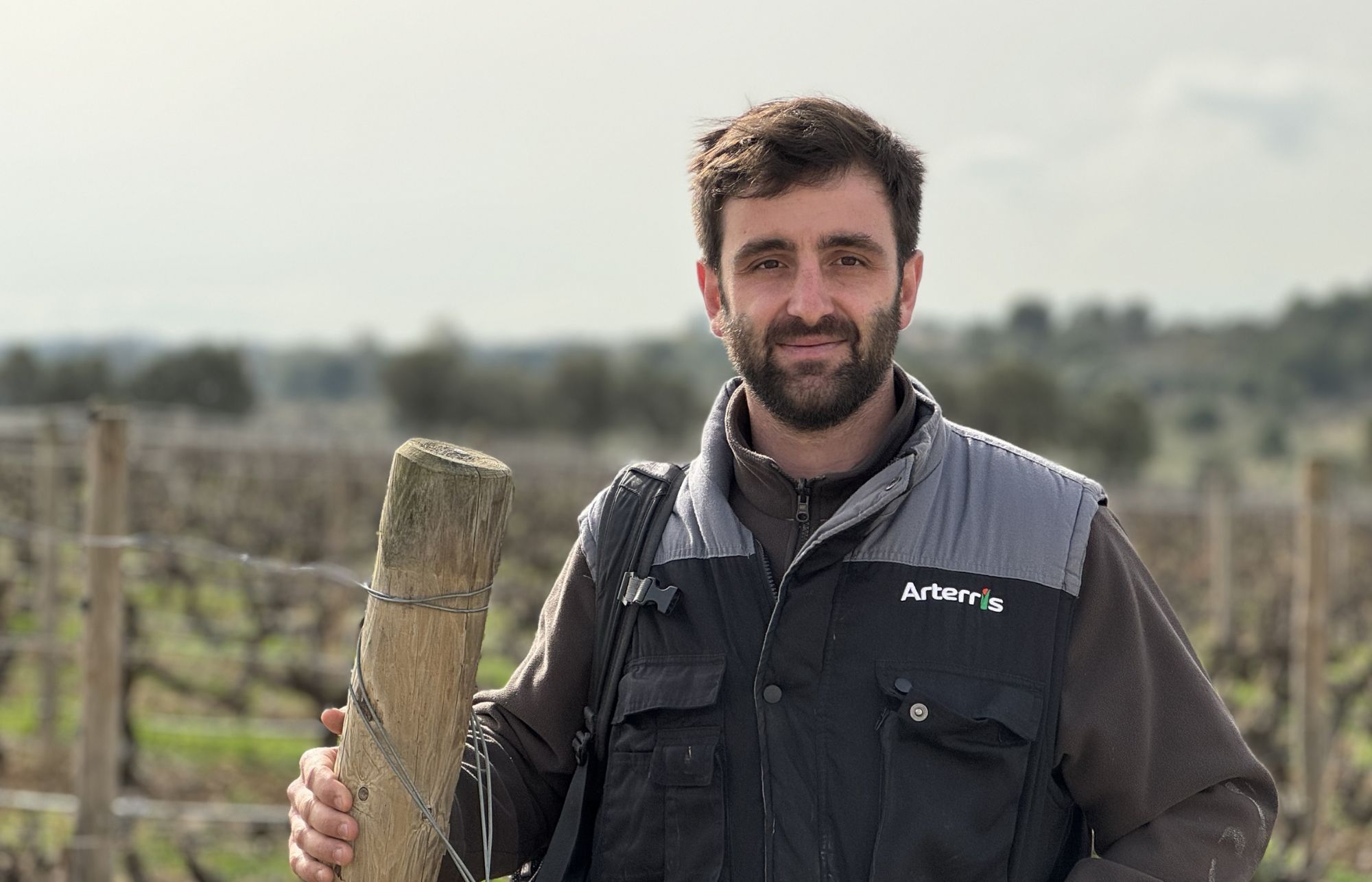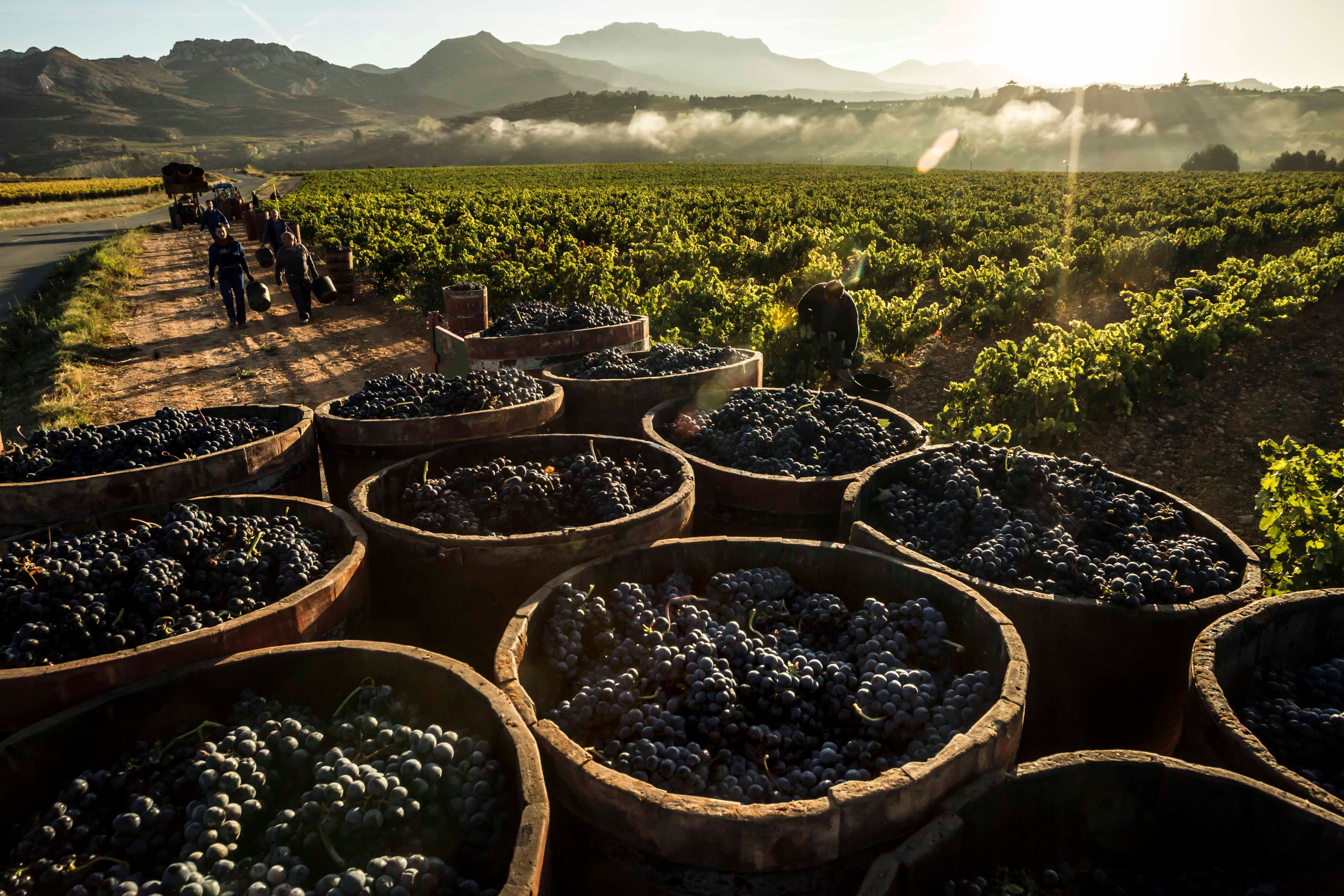“In October the process of botrytization looked perfect and we were looking forward to picking berries from beautifully botrytized bunches, so we decided to leave 60 percent of our crop out for sweet wines – and then two weeks of rain hit the area and it all collapsed completely,” says Vivien Ujvary from the Barta winery.
Tokaj is Hungary’s most prestigious wine region. It not only produces one of the best natural sweet wines of the world, the Tokaji Aszu, but also over the past 20 years winemakers here have put more and more effort into creating outstanding dry white wines.
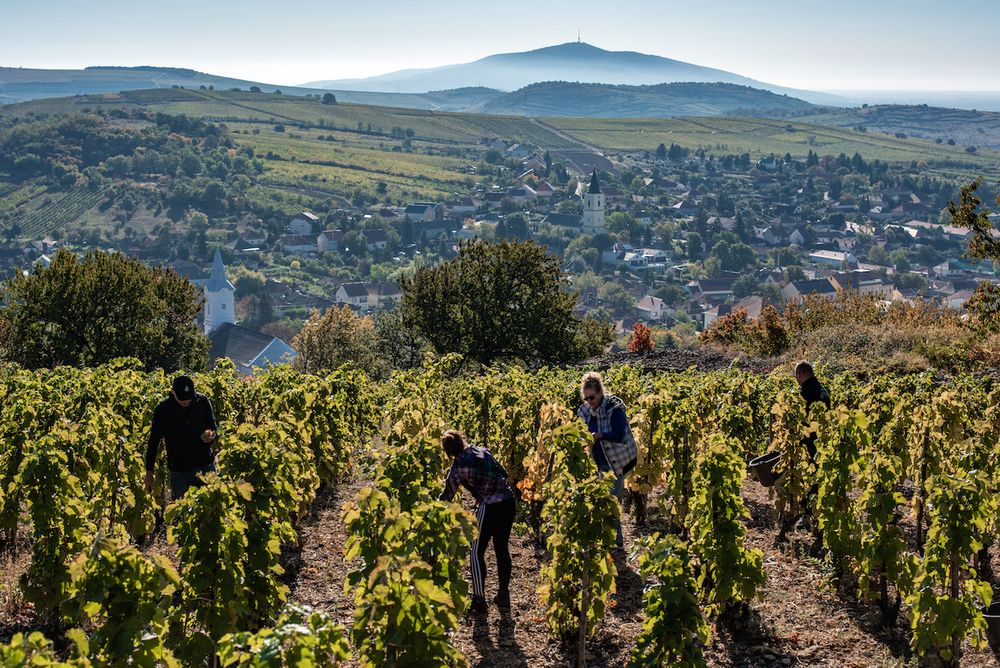
Harvest in Tokaj, 2020
The unique climatic conditions influenced by the Bodrog and Tisza rivers, high potential indigenous grape varieties, and the composite volcanic soils on the 400 different volcanoes define Tokaji wines. Producing high-quality sweet wines every year is not a challenge in itself as so many conditions need to align to make it happen, but it is the introduction of dry wines into the portfolio that has added complexity to the harvest.
Winemakers are facing many crucial decisions during the harvest period, which is longer than it is in many other wine regions. In September, though, winemakers have to make the biggest decision of the year – how many dry wines do they want to make? as the rest need to stay on the vines waiting for botrytis cinerea to start its work on the berries. Not every year is capable of producing good quality aszu (borytized) berries. You need a long, relatively warm, but most importantly dry autumn, so the botrytized berries can dry out during the day after the morning mist from the Bodrog River.
In the past, there were six good botrytis vintages in a decade, but that is changing due to climate change. Now only three or four years are suitable for Aszu production in a decade. Winemakers need to risk their crop every year for months without knowing how the weather conditions are going to be in the most critical period.
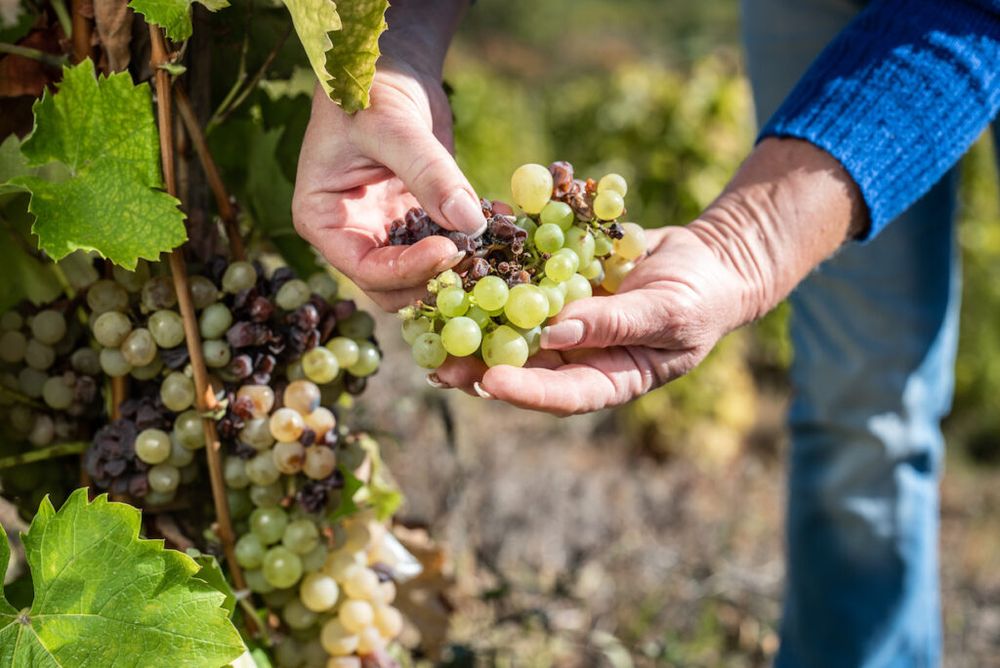
Not every year is capable of producing good quality aszu (borytized) berries
So how was the harvest in 2020?
2020 was a challenging year on all levels, including growing conditions in Tokaj. After a warm, dry spring, rain arrived during the flowering period reducing the potential crop, followed by a moderate and rainy July. The crucial August-September months were warm and dry, resulting in fully ripened, high-quality grapes, perfect for dry wine production. After the dry wine harvest, the long wait for botrytis begins with the bunches on the vines. The beloved fungus arrives and starts its work on the fully ripened berries in autumn every year. The winemakers are starting to pray for dry, sunny months between October and November, sometimes December, so they can produce dry, high-quality berries, suitable for Aszu production. This year after the dry, sunny September-October period rain introduced, with very few already botrytized dry berries. In the following months, the botrytized berries were not able to dry out properly for Aszu production, unfortunately, but able to produce delicious Szamorodni wines.
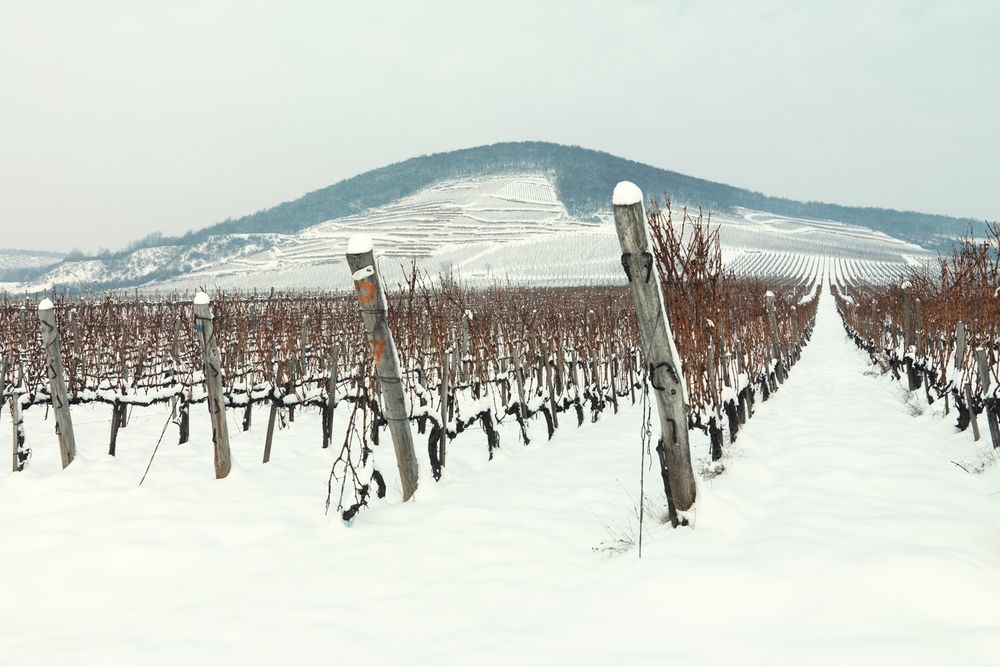
Climate change has meant that the years where conditions are perfect for botrytis have been halved.
Although the vintage only allowed a very small amount of Aszu production, Kata Zsirai from the Zsirai winery is grateful for the high-quality dry wines, they were able to make similar to the recent top vintages (2015, 2017). They are producing more Szamoridnis this year, and also will be able to make their famous dry Szamorodni (similar to sherry, aged under flor, but with higher acid). “70% of our production is dry and only 30% ends up being Aszu, or Szamorodni from the 70% of the yield on average,” she says.
Zsolt Vincze, winemaker of the Juliet Victor Winery finished the harvest in mid-December. No Aszu from this year, but a good quality crop was harvested for their award-winning Szamorodni. “There is botrytization in every year, but we can’t produce Aszu every year,” he says.
Vivien Ujvary from the Barta winery is working on Tokaj’s oldest and highest vineyard, Oreg Kiraly, famous for its complex and elegant single-vineyard dry Furmints.
“There were only a very few opportunities this year to harvest Aszu berries in this unusual vintage. I believe this vintage clearly showed us what makes Aszu such a unique and high-priced premium product. In October the process of botrytization looked perfect and we were looking forward to picking berries from beautifully botrytized bunches, so we decided to leave 60 percent of our crop out for sweet wines – and then two weeks of rain hit the area and it all collapsed completely. A vintage like this always reminds us that it’s all a gamble and nature has the upper hand at the end of the day,” Ujvary says.
This is even more valid for Tokaj than any other vine region of the world.
Top Aszu vintages: 1999, 2000, 2003, 2006, 2008, 2013, 2016, 2017, 2019.
As we approach International Furmint Day on February 1st, check out how Wines of Hungary is celebrating Furmint by clicking here





